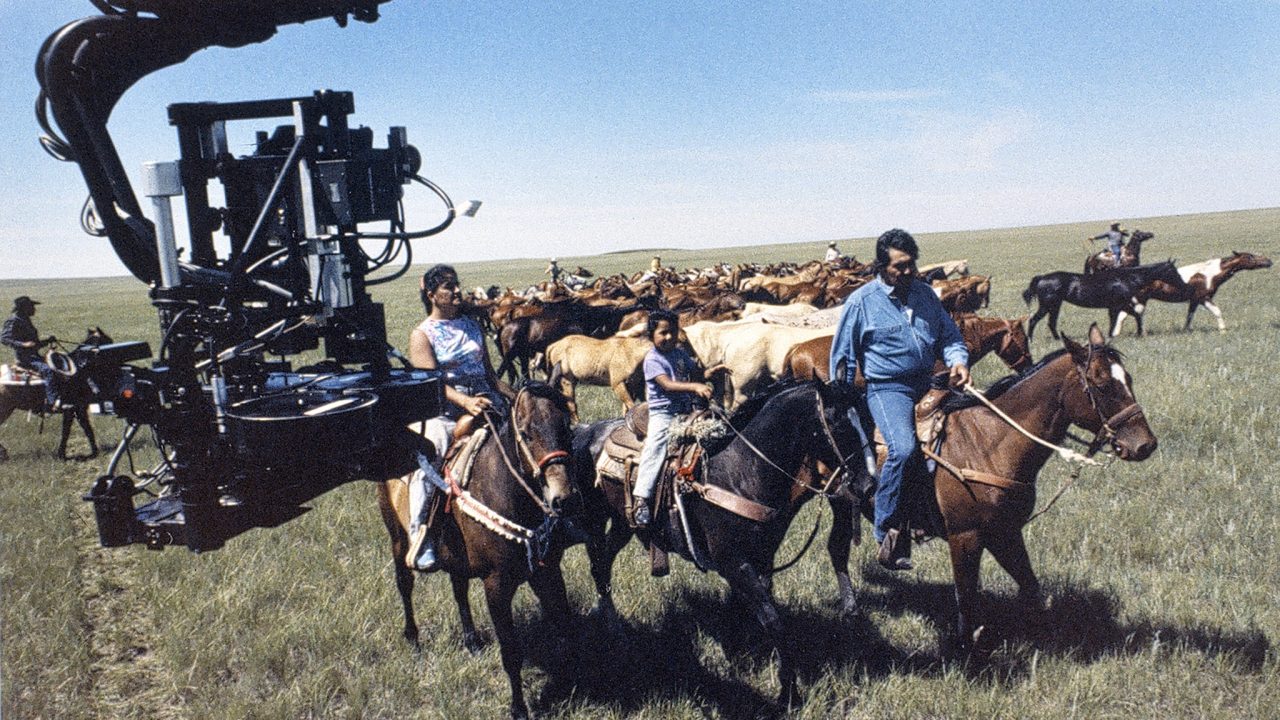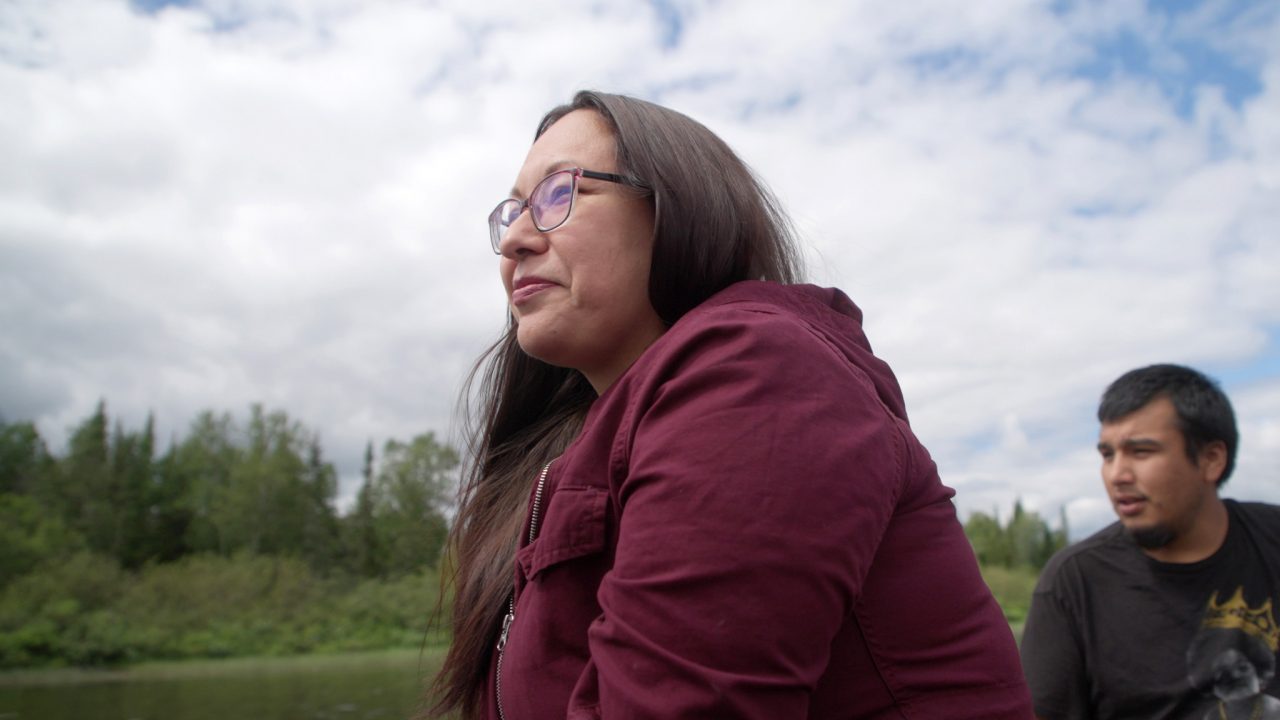
85 Years of NFB Filmmaking: A Look at What Makes Canada’s Renowned Public Producer So Unique | Curator’s Perspective
85 Years of NFB Filmmaking: A Look at What Makes Canada’s Renowned Public Producer So Unique | Curator’s Perspective
The National Film Board of Canada occupies a singular position within the global filmmaking landscape. The NFB’s very existence is a challenge to a Manichean perspective that would confine non-US or European cinema to the Global South or the periphery of the film world—for the obvious reasons that Canada is neither in the south nor a marginal producer. And though the NFB is an active player in the film industry, its productions don’t fall into the category of pure entertainment either; nor can they be lumped in with auteur films that tend towards the solipsistic.[i] Furthermore, although the NFB does produce political and Indigenous cinema, its films cannot be defined strictly within the limits of what’s understood to be Third Cinema[ii] or Fourth Cinema.[iii]
To mark the NFB’s 85th anniversary on May 2, I’d like to use this Curator’s Perspective as an opportunity to reflect on the distinctive characteristics that have helped the Board carve out a highly successful film brand. This brand has been bolstered by extraordinary distribution efforts, film preservation prowess and a focus on mentorship—all of which have made the NFB one of the most acclaimed and venerable institutions in the fiercely competitive global film ecosystem.
To start off this blog post, I invite you to watch Arthur Lipsett’s The Experimental Film (1962). Recently uploaded to commemorate the NFB’s 85th birthday, this thought-provoking work takes the form of a discussion panel featuring world-renowned film critics, and it also highlights an underappreciated area of NFB filmmaking: the experimental realm. The critics’ opinions on experimental filmmaking are juxtaposed with excerpts from various films, including works by Jan Lenica, Norman McLaren and Lipsett himself. Enjoy this special glimpse into the world of experimental cinema.
Experimental Film, Arthur Lipsett, provided by the National Film Board of Canada
A One-of-a-Kind Entity in a Competitive Ecosystem
Since its inception, the NFB has stood out for producing industry-quality films directed by socially engaged filmmakers. NFB productions can indeed be seen as “industry” films, as the Board possesses the technological infrastructure and staff necessary to release a number of marketable titles on any given year. However, what truly sets NFB films apart is their dual purpose: they target a broader audience while also expressing the vision of Canadian artists. The result has been a perfect balance of films that are commercially palatable to international broadcasters and online platforms while offering festivals and markets around the world content with Canadian perspectives on Canadian society and the world.
Churchill’s Island, Stuart Legg, provided by the National Film Board of Canada
Let’s delve into an illustrative example: Churchill’s Island (1941), directed by Stuart Legg, is the NFB’s first Oscar winner. One of the earliest films about World War II, it employs the distinctive “voice of God” narration—practically patented in the NFB’s early works—to depict the strategic intricacies of the Battle of Britain. Churchill’s Island features some extraordinary shots of navy patrols, air patrols and mobile forces, and scenes of English civilians and cities during wartime. This footage has inspired many subsequent films on the same subject, so Legg’s film was foundational in the war-documentary genre. Churchill’s Island exemplifies an industry film crafted by a socially engaged filmmaker, appealing to a broader audience while faithfully conveying Canadian perspectives and creative vision.
A Remarkably Successful Distribution Department
The NFB owes much of its success to a robust distribution strategy. One standout example is Chris Landreth’s 2004 film Ryan, which marked the 10th Oscar win for the NFB and its productions. Like Churchill’s Island, Ryan is a film d’auteur with broader appeal that also brings audiences the vision of Canadian artists. The film revisits both the history of the Board and the life of Canadian animator Ryan Larkin, whose work for the NFB—the multi-awarded Syrinx (1965) and Cityscape (1966) and the Oscar-nominated short Walking (1968), as well as Oberhausen winner Street Musique (1972)—significantly influenced a whole generation of Canadian artists and animators.
Street Musique, Ryan Larkin, provided by the National Film Board of Canada
The NFB’s distribution team submitted Ryan to 175 film festivals and markets worldwide. The film was selected to screen at 145 festivals, earning an impressive 65 honours around the world. These accolades included prestigious awards at Cannes, Annecy, Oberhausen, and even, of course, in Hollywood! The NFB’s exceptional distribution efforts, with seamless collaboration between production and distribution teams, set the public producer apart and pave the way for critical recognition. The NFB is the sole studio in the world to have amassed a total of more than 150 honours at the major festivals or awards ceremonies. This includes 12 Oscars and 15 awards at Cannes, 18 at Berlin, 25 at Venice, 30 at TIFF and 45 at Annecy. The successes of the NFB’s broad spectrum of film releases, from The Experimental Film to Churchill’s Island to Ryan, definitively challenge the conventional notion of non-Hollywood cinema being underseen and overlooked.
Ryan , Chris Landreth, provided by the National Film Board of Canada
A Collection That Preserves the Past, a Cinema That Looks Forward
The NFB is a remarkable institution, celebrated not only for its numerous accolades but also for its vast collection, encompassing all four core film genres. Our records reveal impressive production numbers: 260 experimental films, 6,800 documentaries, 1,500 animated titles and 1,050 fiction films. This treasure trove includes inherited and acquired footage from private and public companies dating back to the late 1890s, such as Survey of Ontario Boundry Line. Today, the NFB’s meticulously preserved archives house more than 13,000 titles.
In addition to its archival expertise, the NFB has played a pivotal role in edging Canadian cinema forward. For example, the NFB became the first publicly funded agency to empower Indigenous artists to authentically tell their stories—although it must be noted that in the early years of NFB cinema about Indigenous experiences, many of the directors were white. But over the decades, as more Indigenous directors took the helm, the NFB’s cutting-edge Indigenous cinema has garnered countless honours worldwide.
A standout example is For Angela (1993), directed by Nancy Trites Botkin and Daniel Prouty. This film chronicles the transformative impact of a seemingly ordinary bus ride on the lives of Rhonda Gordon and her daughter, Angela, shedding light on the ongoing harassment faced by Indigenous communities.
For Angela , Nancy Trites Botkin & Daniel Prouty, provided by the National Film Board of Canada
And, of course, no discussion of Indigenous filmmaking at the NFB is complete without a mention of Alanis Obomsawin. Though most known for her documentaries, she’s explored Indigenous worldviews in two celebrated fiction films, Sigwan (2005) and When All the Leaves Are Gone (2010). In these works, Obomsawin skillfully employs landscapes to capture character emotions and psychology. When All the Leaves Are Gone is about Wato, the sole First Nations student in an all-white 1940s school. As she yearns for the loving environment of her reserve, the landscapes in the film serve as a living entity, echoing her emotional journey.
When All the Leaves Are Gone, Alanis Obomsawin, provided by the National Film Board of Canada
A Cutting-Edge Canadian Film Institution with a Focus on Mentorship
Today’s NFB continues to defy conventions. Streaming giants like Netflix have helped decentralize production, yet the NFB has been decentralizing its production process since the 1970s and has been streaming content online for more than 15 years.
But there’s even more to this publicly funded institution. The NFB actively nurtures emerging talent through two mentorship programs: the Hothouse animation mentorship and Alambic. This commitment to advancing filmmaking underscores the NFB’s multifaceted impact: from production and distribution to preservation, it remains a beacon of innovation for new generations of Canadian filmmakers.
As a devoted fan of the NFB since my early university years, my admiration for the Board’s filmography grows with each passing day. In my role as Collection Curator, I find myself immersed in a wealth of film treasures. The NFB’s collection is like a goldmine—no matter which topic I start researching, it unfailingly reveals hidden gems I never knew existed!
To join us in celebrating the NFB’s 85th anniversary, I hope you’ll sample some of the groundbreaking films discussed in this blog post or featured in our NFB Classics channel (click here), which highlights other landmark titles from our collection. Dive into these curated selections of films that have captured moments in Canadian history and shaped the country’s cinematic landscape.
Header Image: Marcia Seebaran
[i] Jorge Sanjinés, Theory and Practice of a Cinema with People (Curbstone Press, 1989), p. 36.
[ii] Fernando Solanás and Octavio Getino, “Toward a Third Cinema,” Cinéaste 4, no. 3 (1970): 1–10. http://www.jstor.org/stable/41685716.
[iii] Barry Barclay, Our Own Image: A Story of a Maori Filmmaker (University of Minnesota Press, 2015).



